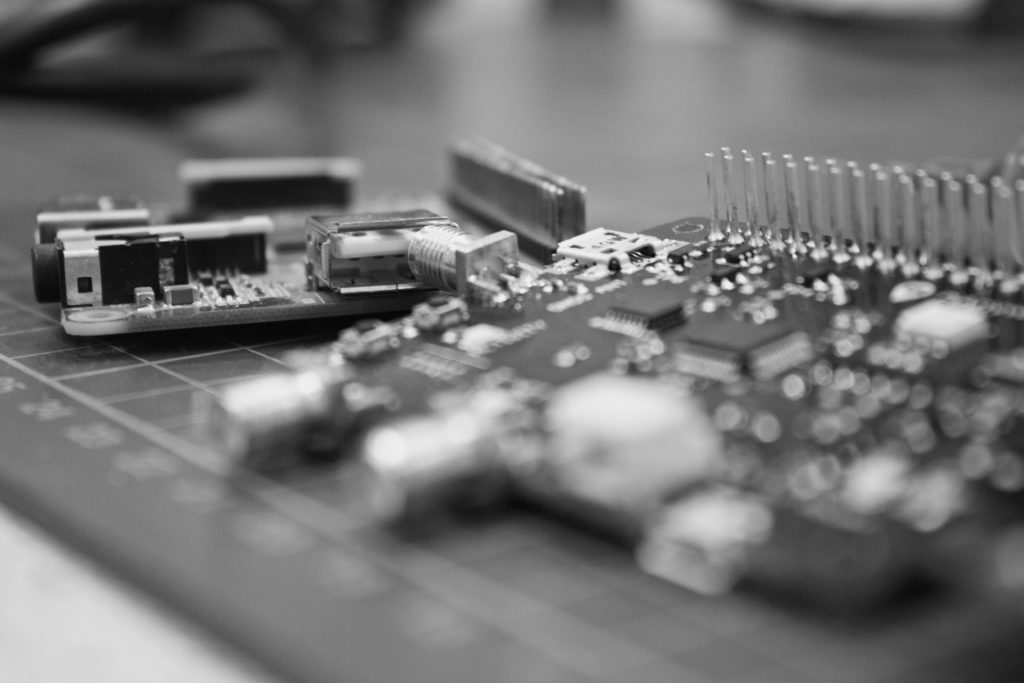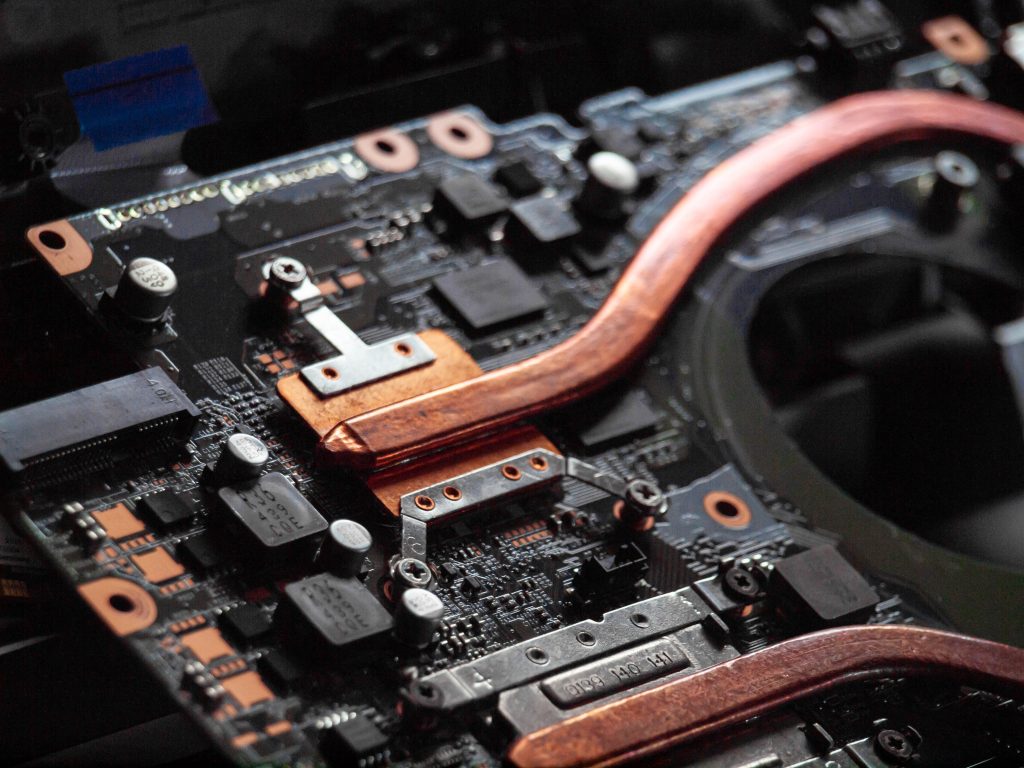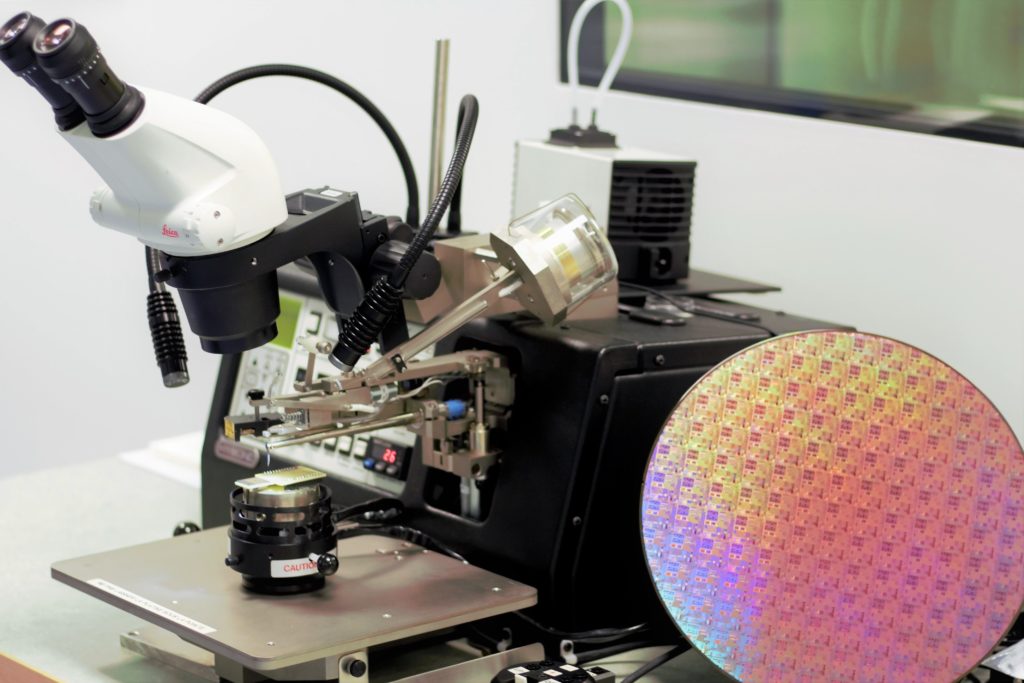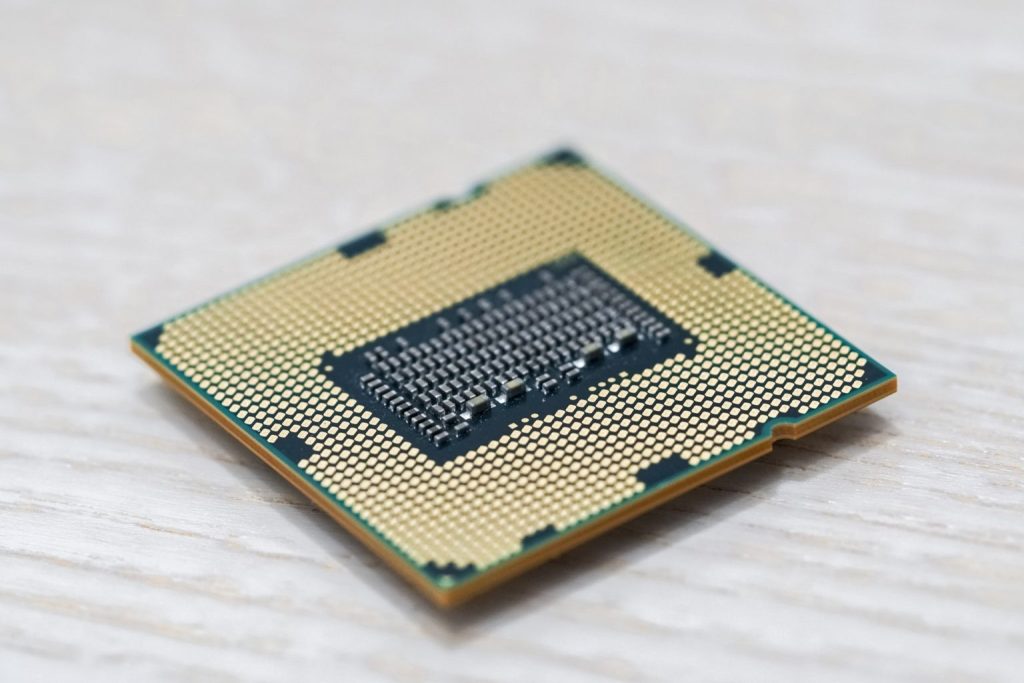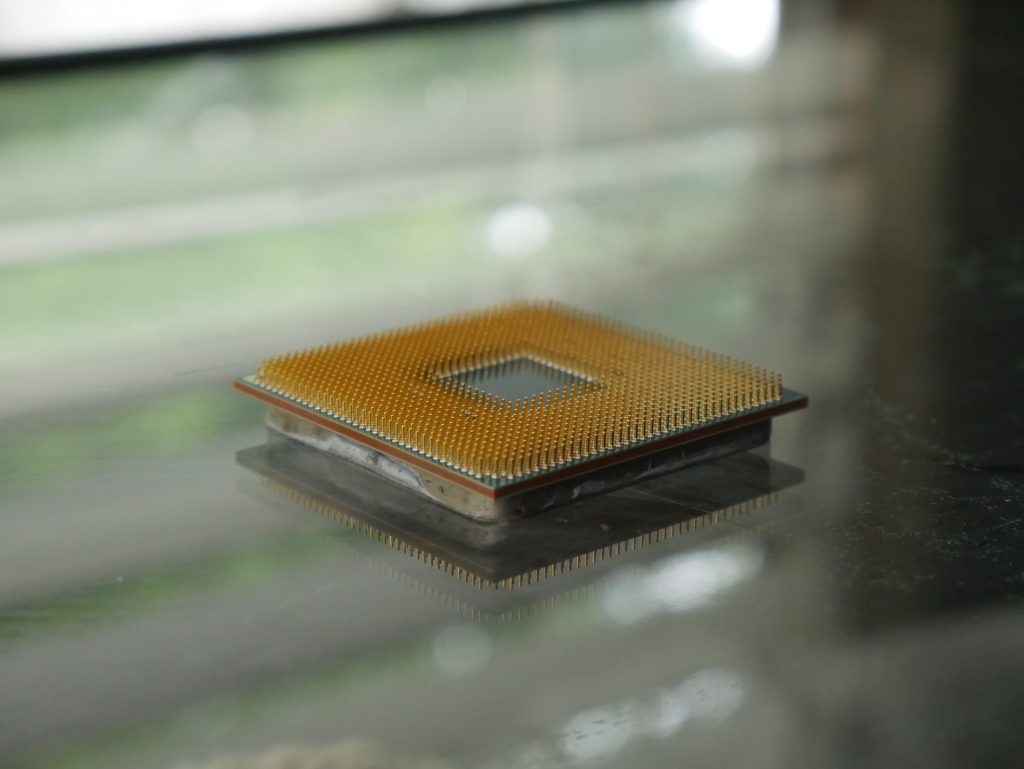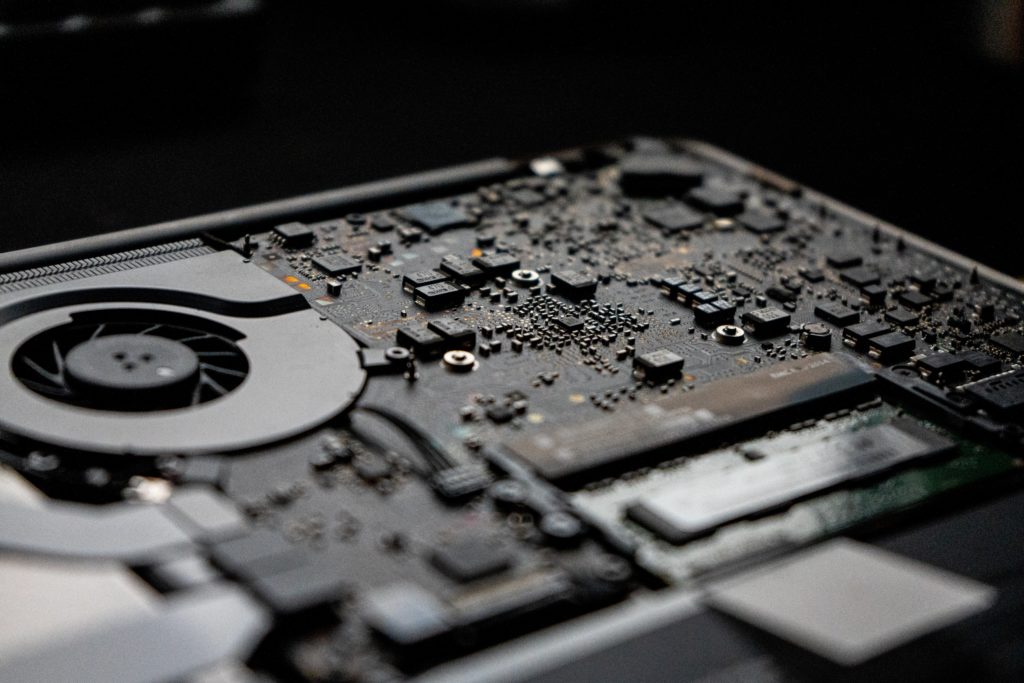Many core modern multiprocessor systems-on-chip offers tremendous power and performance optimization opportunities by tuning thousands of potential voltage, frequency and core configurations. Applications running on these architectures are becoming increasingly complex. As the basic building blocks, which make up the application, change during runtime, different configurations may become optimal with respect to power, performance or other metrics. Identifying the optimal configuration at runtime is a daunting task due to a large number of workloads and configurations. Therefore, there is a strong need to evaluate the metrics of interest as a function of the supported configurations. This thesis focuses on two different types of modern multiprocessor systems-on-chip (SoC): Mobile heterogeneous systems and tile based Intel Xeon Phi architecture. For mobile heterogeneous systems, this thesis presents a novel methodology that can accurately instrument different types of applications with specific performance monitoring calls. These calls provide a rich set of performance statistics at a basic block level while the application runs on the target platform. The target architecture used for this work (Odroid XU3) is capable of running at 4940 different frequency and core combinations. With the help of instrumented application vast amount of characterization data is collected that provides details about performance, power and CPU state at every instrumented basic block across 19 different types of applications. The vast amount of data collected has enabled two runtime schemes. The first work provides a methodology to find optimal configurations in heterogeneous architecture using classifiers and demonstrates an average increase of 93%, 81% and 6% in performance per watt compared to the interactive, ondemand and powersave governors, respectively. The second work using same data shows a novel imitation learning framework for dynamically controlling the type, number, and the frequencies of active cores to achieve an average of 109% PPW improvement compared to the default governors. This work also presents how to accurately profile tile based Intel Xeon Phi architecture while training different types of neural networks using open image dataset on deep learning framework. The data collected allows deep exploratory analysis. It also showcases how different hardware parameters affect performance of Xeon Phi.
Power, Performance, And Energy Management of Heterogeneous Architectures
- | Published On: November 6, 2019


Chetan Arvind Patil
Hi, I am Chetan Arvind Patil (chay-tun – how to pronounce), a semiconductor professional whose job is turning data into products for the semiconductor industry that powers billions of devices around the world. And while I like what I do, I also enjoy biking, working on few ideas, apart from writing, and talking about interesting developments in hardware, software, semiconductor and technology.
COPYRIGHT 2024, CHETAN ARVIND PATIL
This work is licensed under a Creative Commons Attribution-NonCommercial-ShareAlike 4.0 International License. In other words, share generously but provide attribution.
DISCLAIMER
Opinions expressed here are my own and may not reflect those of others. Unless I am quoting someone, they are just my own views.
MOST POPULAR
Photo by Louis Reed on Unsplash Chiplets are changing the way complex products like XPUs getting designed and manufactured. Its
Photo by Raphael GB on Unsplash The semiconductor manufacturing business model is changing from FATE to FAST. FATE stands for
Photo by L N on Unsplash THE REASONS FOR SEMICONDUCTOR MANUFACTURING AUTOMATION Automation is part of all advanced manufacturing industries.
Photo by Jeremy Zero on Unsplash THE BUILDING BLOCKS OF SEMICONDUCTOR ROADMAP The semiconductor industry has enjoyed the success of
Photo by Warren Wong on Unsplash The answer to above question is straight forward, it’s China. In this article, I want to summarize
Photo by Christophe Hautier on Unsplash Semiconductor manufacturing relies heavily on the semiconductor FAB and OSAT. Semiconductor FAB turns the
Photo by Justin Luebke on Unsplash The semiconductor industry is going through a wave of consolidation. It is not the
Photo by Devin Spell on Unsplash THE IMPORTANCE OF OUTSOURCED SEMICONDUCTOR ASSEMBLY AND TEST Outsourcing is one of the several
Photo by Markus Spiske on Unsplash The design and development of an AI Chip is not an easy process. More
Photo by Lukas on Unsplash Processors are an integral part of any computing device. For the last few years, the
RECENT POSTS
DALL-E Semiconductor And India In recent years, the semiconductor industry has emerged as a cornerstone of modern technology, underpinning
DALL-E Yield And Wafer Excursions: In the complex world of semiconductor manufacturing, maintaining a high yield – the percentage
DALL-E Premier On Semiconductor FAB And OSAT A semiconductor FAB is a production plant where devices such as integrated circuits are manufactured.
DALL-E The State Of Semiconductor Career In an era of rapid technological advancements, the semiconductor industry is a critical
DALL-E What Is Semiconductor Education The landscape of semiconductor education is pivotal to the continued innovation and growth in
DALL-E AI And Semiconductor Integrating Artificial Intelligence (AI) into semiconductor product development is a burgeoning frontier, pushing the limits
DALL-E AI Ushering New Era Of Data Centers As artificial intelligence (AI) incorporates itself into various industries, the demand
DALL-E General Purpose GPU General Purpose GPUs (GPGPUs) represent a significant evolution in computing, transforming GPUs from specialized hardware
DALL-E Semiconductor Testing Semiconductor testing, also known as integrated circuit (IC) testing or chip testing, is a critical process
DALL-E Semiconductor And India In 2020, I wrote an article titled “The Status Of Semiconductor Manufacturing In India,” focusing
